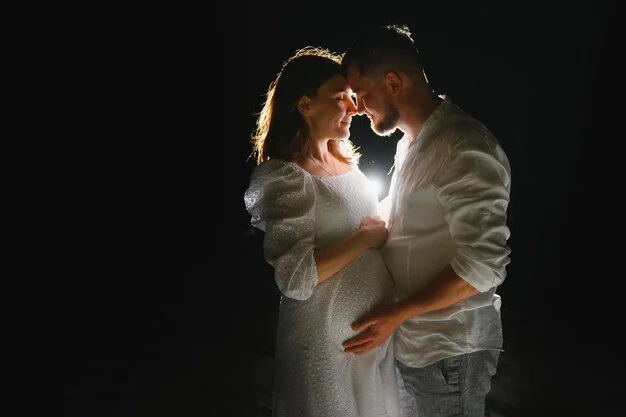It was just another routine afternoon. I had dashed out to grab a quick lunch and hurried back to my office, hoping to catch up on paperwork, eat, and sneak in a bathroom break before my middle school patients arrived for their appointments.
Using my staff access badge, I entered the building, the door swinging open automatically. I climbed the quiet staircase, aware that I had roughly 15 minutes before the usual flurry of activity would fill the halls. After settling into my office, I glanced at the clock and realized I needed to take that bathroom break before it was too late.
I strolled down the corridor toward the staff restroom, only to find the door locked. That felt odd, but I assumed there might be maintenance issues. I turned to head downstairs when I suddenly heard the vice principal’s calm voice over the PA system: “Please remain in your rooms.” It carried a reassuring tone, but I soon understood—everything was quiet, and the hallways were empty. I had unwittingly returned to work in the midst of a school lockdown.
Fire drills have been a staple for years, but since the tragedy at Sandy Hook, lockdown drills have become the new norm. These practices involve students hiding in case of an intruder, often referred to in training videos as a “live shooter.” Each drill is suffocating. Even when you know it’s just practice, the haunting question of “what if?” lingers. With the growing number of mass shootings, it’s hard not to envision the worst-case scenario. I usually keep my composure and strategize how to protect my students if the situation were real.
Today, however, I was alone. Realizing we were in lockdown, I secured my office door and found a hiding spot—close enough to sneak glances at my computer and the window. My heart raced when I noticed an email from our principal: “Only open the door if they use our designated code word.” Chills ran down my spine. I peered out the window and saw police officers entering the building, rifles drawn, conducting a search for an intruder. This was not a drill.
Then came another email: not only was my middle school under lockdown, but so was the nearby elementary school—where my young son attended. Panic surged within me. My 5-year-old was two blocks away, and I felt utterly helpless. I quickly typed a message to my family, hands trembling, conveying my fear and uncertainty.
Above, helicopters buzzed, and I heard someone trying to open my door. A voice called out, identifying themselves as “police”—but they didn’t use the code word. My heart sank. Should I remain silent? Reveal myself? I could see the officer, rifle in hand, search my office, and all I could think was that my little boy was experiencing the same terror just a short distance away. I finally stepped out, tears streaming down my face, and the officer advised me to return to my hiding place. The words only deepened my anguish. It felt like an eternity, but in reality, it was less than an hour.
When the search concluded, a message came over the PA: “All clear.” Both schools had been checked, and everyone was safe. Relief washed over me, but I felt numb. I had about 15 minutes before my young patients arrived, and I knew I had to compose myself for their sake. The urge to rush to the elementary school and hold my son was overwhelming, but I resisted. I understood the importance of routine for him; his teacher would help ease his mind by guiding them through their day, likely engaging them in a calming activity.
At day’s end, I finally met my son, forcing a smile through my tears. He was beaming, eager to play outside. I exhaled softly. But I needed to find his teacher, to make sure she was okay and to express my gratitude for her bravery. Words failed me, and I felt an immense gratitude that was indescribable.
Everything was not fine.
In these trying times, it’s crucial to reflect on how we can contribute to a safer environment for our children. Together, we can make a difference in advocating for change. For more resources on home insemination and parenting, check out this blog post. If you’re interested in learning more about artificial insemination, Cryobaby provides authoritative insights. For additional information on intrauterine insemination, visit NHS.
Summary:
This piece recounts the harrowing experience of a doctor during a school lockdown. The narrative highlights the emotional turmoil of navigating such a crisis while being separated from a young child. It emphasizes the importance of routine and support in the aftermath of traumatic events, as well as the need for community action against violence.
